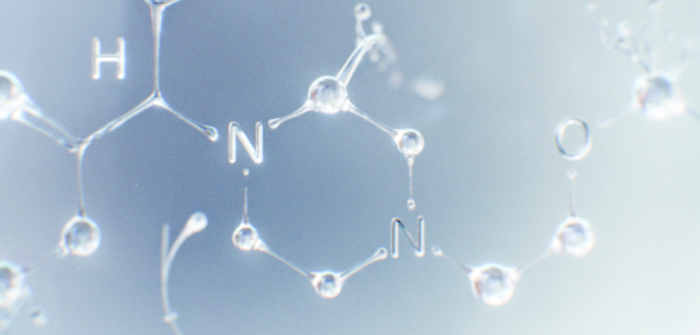Found 0 record that meets the criteria
Polyacrylamide Uses in Wastewater Treatment and Industrial Processes
Release time:2025-01-07
source:Shouxin
share:
Uses of Polyacrylamide (PAM)
In recent years, with the gradual strengthening of national environmental protection policies, the market demand for polyacrylamide (PAM) as a wastewater treatment agent and sludge dewatering agent has grown rapidly. Environmental protection policies have provided a vast market space for polyacrylamide, and at the same time, polyacrylamide has played an important role in China's environmental protection efforts.
Polyacrylamide (PAM) is a polymer obtained by the polymerization of acrylamide homopolymer or copolymerized with other monomers. It is one of the most widely used water-soluble polymers.
Due to the presence of amide groups in the structure of polyacrylamide, which can easily form hydrogen bonds, it has excellent water solubility and high chemical activity. It can be modified into branched or network structures through grafting or cross-linking reactions.
Polyacrylamide is widely used in industries such as petroleum extraction, water treatment, textiles, papermaking, ore beneficiation, pharmaceuticals, and agriculture. It is known as the "universal additive."
Polyacrylamide can adapt to various flocculation phenomena, with advantages such as small dosage, high efficiency, low sludge generation, and easy post-treatment, making it especially valuable in certain applications.
Functions of Polyacrylamide
The main function of polyacrylamide is to neutralize the charges on the sludge particles by using its molecular charge, which is opposite to that of the sludge particles. This neutralization destabilizes the sludge.
The long polymer chains of polyacrylamide can adsorb and entangle many small sludge particles, forming larger particles. This action helps compress the double electrical layer and, through the adsorption bridge effect, enhances the flocculation process.
Based on this principle, polyacrylamide plays a significant role in the following areas:
Flocculant for Wastewater Treatment
Polyacrylamide is widely used as a flocculant for wastewater treatment, especially for suspensions with coarse particles, high concentrations, and positive charges, or neutral/alkaline pH levels.
The anionic polyacrylamide molecules contain polar groups that can adsorb suspended solid particles in water, forming large flocs through bridging between particles. This accelerates the settling of particles and significantly improves the clarity of the solution and promotes filtration.
It is widely used in chemical wastewater, industrial wastewater, municipal sewage treatment, drinking water treatment, high-turbidity water purification, sedimentation, coal washing, ore beneficiation, metallurgy, steel, zinc-aluminum processing, and electronics industries, providing excellent sedimentation, purification, and flocculation effects.
Drag Reducer in the Petroleum Industry
In petroleum extraction, polyacrylamide is used as a drag reducer in oil drilling, effectively reducing friction, improving recovery rates, and preventing water channeling, resulting in significant overall effects on oil extraction efficiency.
Thickening Agent
Polyacrylamide, when dissolved at a concentration of one-thousandth, exhibits very high viscosity. As such, it is commonly used as a thickening agent in products such as paper, alcohol, and detergents, providing significant improvements in viscosity and product performance.
Polyacrylamide Selection and Quality Stability
There are many types of polyacrylamide available on the market, and customers need to determine the most suitable type through large-scale selection.
Companies with a broad range of product types have an advantage in the selection process, allowing them to more accurately match customer needs. However, in addition to the importance of selection, the quality stability of polyacrylamide is also critical.
In the production process, polyacrylamide's quality stability can be affected by factors such as operator skills, product formulas, process flow, and the quality of raw materials.
Some manufacturers, in an attempt to control costs, may not strictly control quality during the formula development process, leading to instability in the products circulating in the market. However, Shouxin Environmental, with its professional R&D team and advanced testing equipment, takes product quality stability as the core focus of its formula development.
It ensures strict control at every stage, from formula development to production. Additionally, through a dual-monitoring and testing mechanism, Shouxin effectively ensures the quality stability of polyacrylamide, allowing customers to consistently maintain high-efficiency and reliable water treatment results during use.
As a pioneer in global polyacrylamide quality stability, Shouxin Environmental has developed over 100 product types and offers large-scale selection services to precisely match the most suitable products for customers.
This helps them reduce costs, increase efficiency, and optimize water treatment effects.




















